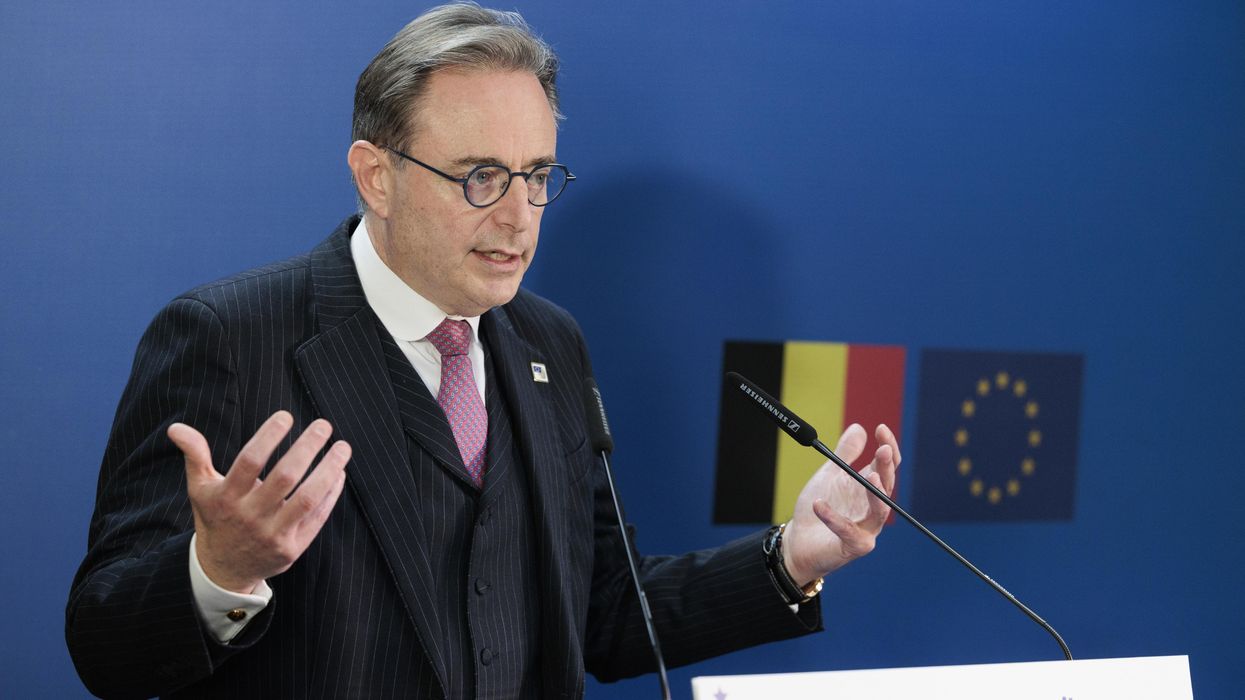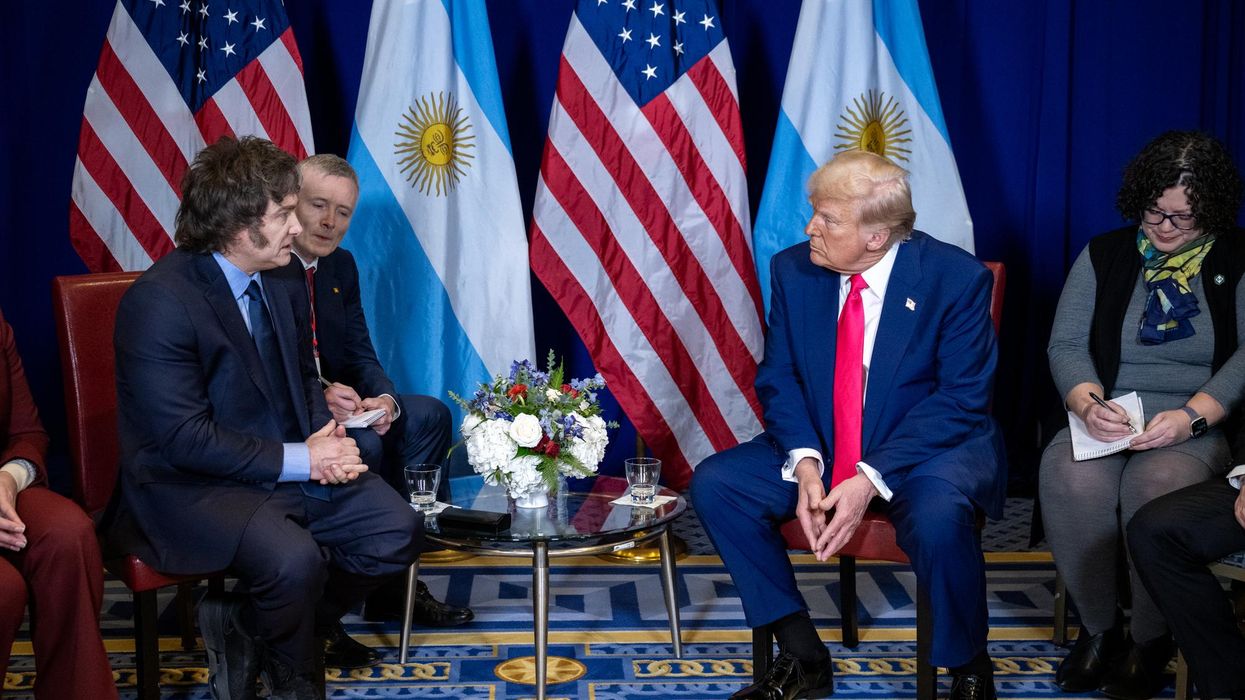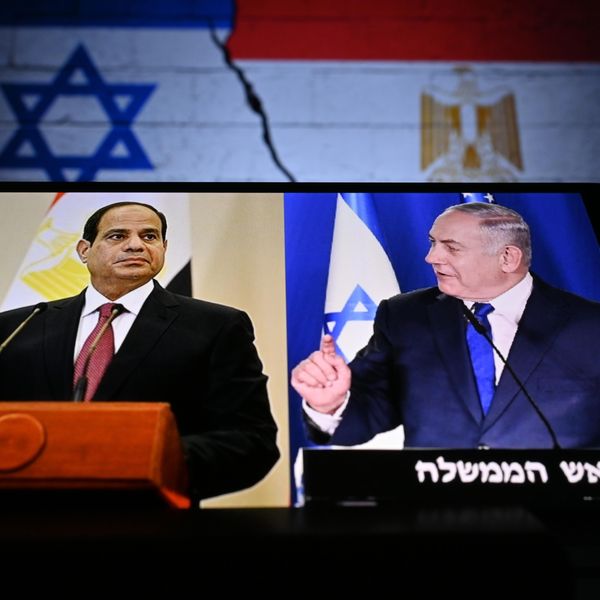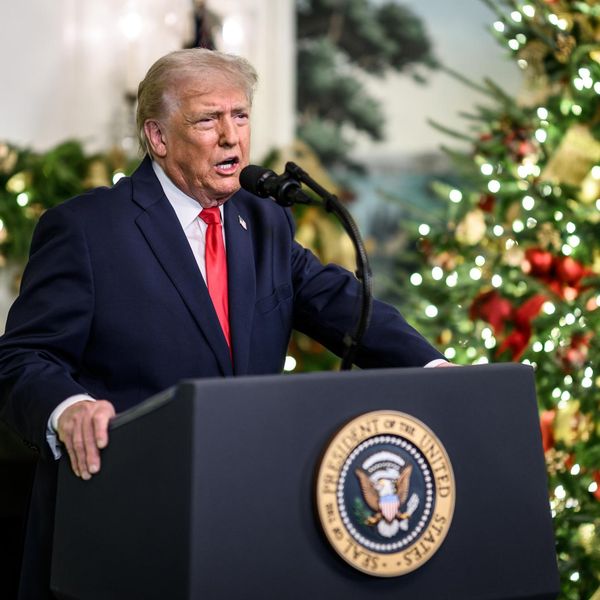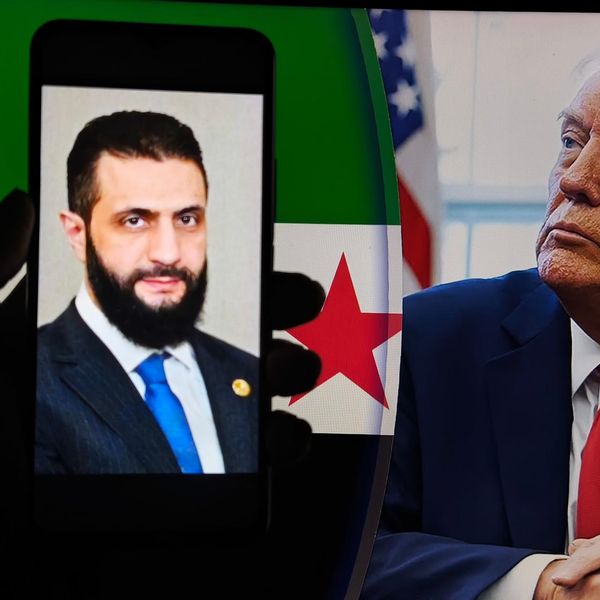The prospects for negotiating a ceasefire and an end to the humanitarian disaster in the Gaza Strip appear as dim as ever. Israeli and U.S. representatives walked out of talks with Hamas in Qatar that had been mediated by the Qataris and Egyptians. Israeli Prime Minister Benjamin Netanyahu is talking about “alternative” means of achieving Israel’s goals in the territory.
President Donald Trump, echoing Netanyahu’s levying of blame on Hamas, asserted that “Hamas didn’t really want to make a deal. I think they want to die.” Trump went on to mention a need to “finish the job,” evidently referring to Israel’s continued devastating assault on the Strip and its residents.
I have been thinking for a long time about the negotiation of ceasefires. Nearly 50 years ago, I wrote a book, “Negotiating Peace: War Termination as a Bargaining Process,” which explored the diplomatic and military dynamics of how two belligerents negotiate a peace while simultaneously fighting a war.
What is taking place in Gaza now is mostly not a war, even though that term commonly is applied to the violence there. It is instead a largely unilateral assault on a population and its means of living. It is a situation in which one side, Israel, has — as Trump might put it — nearly all the cards.
The news stories emerging almost daily from Gaza are not about pitched battles between the Israeli Defense Forces (IDF) and Hamas fighters. They are mostly not about battles at all. Instead, they are about the latest large-scale killing by Israel of Gazans, mostly civilians, at a rate that has averaged about 150 deaths per day since the current round of carnage began in late 2023. Civilians are killed largely with airstrikes but also more recently through getting shot while seeking ever-scarcer food.
Mass starvation has become perhaps the most gut-wrenching part of the Gaza catastrophe, and one where Israel has again tried to shift blame onto Hamas. A longtime Israeli accusation in endeavoring to shut down the United Nations Relief and Works Agency (UNRWA)—the principal international organization with the mission of aiding Palestinian refugees, including in Gaza—is that Hamas supposedly was stealing UNRWA-supplied food. Trump has echoed that accusation.
A study by the U.S. Agency for International Development (before the Trump administration dismantled the agency) of reported incidents of loss or theft of U.S.-supplied humanitarian assistance in Gaza found no evidence that Hamas has engaged in widespread diversion of aid. More recent press reporting shows that the IDF itself has found no evidence of Hamas seizing or diverting aid.
Israel’s opposition to UNRWA has nothing to do with Hamas or with theft of humanitarian aid. It instead concerns how UNRWA — because it is a United Nations agency explicitly focused on Palestinians — constitutes an international recognition that the Palestinians are a nation and that many of them are refugees from their homeland.
The humanitarian situation in Gaza got worse once Israel succeeded in pushing UNRWA aside. The U.S.-backed and Israeli-controlled alternative aid scheme is not only woefully inadequate in meeting immediate needs but also designed as an adjunct to Israel’s ethnic cleansing objectives. The limitation of aid to a few distribution points facilitates the forced relocation of surviving Gazans into what amounts to a concentration camp, as a possible prelude to removal from the Gaza Strip altogether.
Some aid has recently been dropped into Gaza by air. Airdrops are an ineffective and inefficient way of trying to relieve the starvation. The amounts delivered are a tiny fraction of what is needed. The cost of delivery is far higher than by land. As demonstrated by an earlier U.S. effort to deliver aid this way, some of the supplies are lost because they fall into the sea or, even worse, kill people crushed by falling pallets. But for some donors, an airdrop serves as a visually dramatic conscience-calming gesture.
For Israel, it serves as a distraction from the fact that the biggest impediment to getting humanitarian aid into the Gaza Strip is Israel’s continued land blockade of the territory. Valuing that distraction, Israel itself has joined in the airdrop gesture. At the same time, however, Israel continues to allow only a trickle of aid to cross the land border, with many hundreds of truckloads left to spoil and be destroyed by the IDF.
In my decades-old book, I identified a type of war ending that is an alternative to a negotiated settlement as “extermination/expulsion,” meaning that the militarily dominant side physically obliterates its opponent or pushes it out of contested territory. Extermination/expulsion of the opponent is an appropriate label for Israel’s objective in Gaza.
The prevailing Israeli conception of the opponent, or enemy, in Gaza is the entire Palestinian population, an attitude that was already well rooted on the Israeli Right before the Hamas attack in October 2023 and has grown even stronger and wider since then. The deaths already inflicted, directly or indirectly, by the IDF have significantly advanced the extermination objective. The expulsion part has mostly been the stuff of internal Israeli deliberations, although it came more into the open when Trump gave Netanyahu’s government the gift of endorsing the ethnic cleansing with his Riviera-in-Gaza proposal.
Insofar as Hamas is defined as the enemy, the Israeli objective of extermination has been more explicit. The Trump administration has declared its support for Israel’s repeatedly stated objective of “eradicating” Hamas. Netanyahu, speaking to an internal IDF audience last year, said that “we will kill the Hamas leadership” and that this killing as well as acting “in all areas in the Gaza Strip” was part of “total victory” that would be needed before military operations would end.
The objective of extermination/expulsion is an obvious deal-killer. It makes no sense to expect the other party to a conflict to negotiate its own eradication.
Netanyahu also has other personal and political reasons to keep Israeli military operations going indefinitely. These include delaying his full reckoning with corruption charges and keeping intact his coalition with right-wing extremists who are especially vehement about eliminating or expelling Palestinians from Gaza and who strongly oppose a ceasefire.
For Netanyahu’s government, any talk of a ceasefire has little to do with getting closer to peace in Gaza. Instead, it is only a temporary pause in operations that this government finds expedient for whatever reason, be it logistical resupply, relief from diplomatic pressure, or something else. As with the ceasefire earlier this year, the Israelis will feel free to break it whenever they no longer find it expedient.
Hamas has wanted a ceasefire for some time, and why shouldn’t it? Much of its leadership has indeed been killed, and its ability to resist further Israeli attacks is badly battered though not eliminated. The longer the suffering of the Gazan population continues, the more that Hamas may lose support among those who blame it for triggering the devastation with its 2023 attack. The group has nothing to gain, and only more to lose, as the violence continues.
Throughout off-and-on ceasefire talks since last year, the main sticking point has been that Hamas wants a clear route to a permanent end to hostilities while Israel wants to retain the ability to resume its attacks. Hamas also has tried to use what few cards it has to gain relief for the civilian population of Gaza, by calling for unimpeded humanitarian aid and a withdrawal of Israeli forces from densely populated areas so that residents can return to their homes. In addition, it has sought freedom for some of the Palestinians in Israeli prisons.
Press reporting based on internal documents from the recent round of talks in Qatar shows that the Hamas negotiators worked closely and carefully with the Qatari and Egyptian mediators to try to craft a viable ceasefire agreement. Hamas had already agreed to the great majority of the content in a framework document that the mediators said Israel had accepted.
The amendments Hamas sought were mostly focused on relief for Palestinian civilians and aimed at getting greater precision and clarity in the framework agreement. For example, regarding withdrawals of Israeli troops, instead of the draft’s vague language about withdrawal to lines “close” to what was in the January 2025 ceasefire agreement, Hamas insisted that the negotiators talk in detail about specific lines on maps. The Hamas negotiators offered their own proposals that made some refinements of only 100 or 200 meters from the maps they finally were given.
Regarding release of Palestinian prisoners, in response to the vague framework language, the Hamas representatives wanted to negotiate specific numbers, to match the specific numbers of Israeli hostages to be released in the framework. On humanitarian aid, Hamas wanted a return to United Nations administration of aid distribution and a reopening of the Rafah crossing with Egypt.
Having negotiated seriously on these and other points, the Hamas representatives were taken aback by the subsequent U.S. and Israeli walkout and by Trump’s accusations about Hamas’s alleged responsibility for the breakdown.
Trump’s assertion that Hamas “didn’t really want to make a deal” and instead wanted “to die” is nonsense. The talks in Qatar ended because Netanyahu’s government decided it did not want to make a deal at this time. As with most things involving Israel, the Trump administration fell in line behind Netanyahu.
Blaming Hamas for continuation of the Gaza catastrophe is another instance of treating a Palestinian resistance group—whether it is Hamas or any other, and there have been many of them—as the cause of violence associated with the subjugation of Palestinians and occupation of their homelands, rather than as an effect of the subjugation and occupation.
Netanyahu in the past has found it expedient to treat Hamas as something other than the evil incarnate that Israel portrays it as today. Netanyahu earlier facilitated Qatari payments to Hamas as a way of building up the group as a counterweight to the Fatah-dominated Palestinian Authority.
This tactic was part of a continuing Israeli strategy to keep Palestinians divided, so that Israel can say that it “does not have a negotiating partner”—a line echoed by Israel’s powerful lobby in the United States. That approach is yet another indication of unwillingness to reach a negotiated peace with the Palestinians.- Israeli ethnic cleansing nears completion in northern Gaza ›
- Israel's plan for Gaza is clear: 'Conquest, expulsion, settlement' ›
- Will contractor disgust bring down Israel's 'hunger games' in Gaza? ›
- Will this deal work? Netanyahu has gamed everything his way so far. | Responsible Statecraft ›


